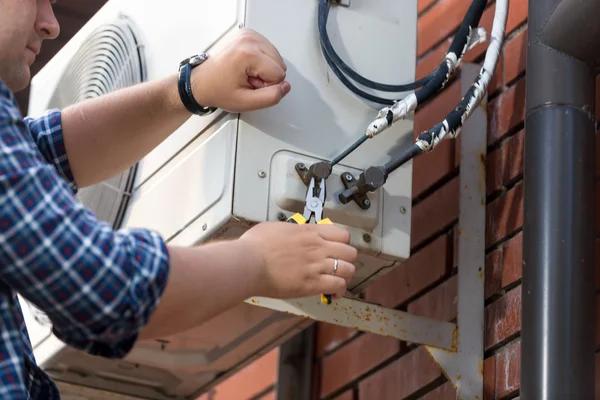
Pet owners often face challenges related to pet hair, dander, and odors that can accumulate in their homes. These issues not only affect cleanliness but also impact indoor air quality and comfort. HVAC systems play a crucial role in managing these concerns by filtering airborne particles, controlling humidity, and improving ventilation. Implementing effective HVAC solutions can significantly reduce pet-related allergens and unpleasant smells, creating a healthier living environment for both pets and humans.
One of the most important steps is upgrading the air filters within your HVAC system. Standard filters may capture large dust particles but often fail to trap finer pet dander or hair effectively. High-efficiency particulate air (HEPA) filters are designed click to learn more 99.97% of airborne particles as small as 0.3 microns, including pet dander and hair fragments. Installing HEPA filters or high-quality pleated filters ensures better filtration performance and cleaner indoor air.
Regular maintenance of your HVAC system is essential for optimal function in reducing pet contaminants. Cleaning ducts periodically prevents accumulation of hair and dander that can be recirculated throughout the home when the system operates. Professional duct cleaning services help eliminate hidden debris inside vents, promoting fresher air circulation while extending the life of your equipment.
Controlling humidity levels also contributes to minimizing odors associated with pets. Excess moisture encourages mold growth and intensifies musty smells linked with animal presence. An HVAC system equipped with a dehumidifier maintains balanced humidity between 30% and 50%, discouraging microbial growth while enhancing overall comfort.
In addition to filtration upgrades, incorporating an ultraviolet (UV) germicidal light within the HVAC unit offers extra protection against bacteria, viruses, mold spores, and odor-causing microorganisms commonly found around pets. UV lights work by disrupting DNA structures in these contaminants as they pass through the airflow system, thereby reducing potential health risks linked with poor indoor air quality.
Improving ventilation rates helps dilute concentrated pet odors indoors by exchanging stale interior air with fresh outdoor air more efficiently through mechanical means such as energy recovery ventilators (ERVs) or heat recovery ventilators (HRVs). These devices provide controlled fresh airflow without sacrificing energy efficiency or temperature control.
Combining advanced filtration methods like HEPA filters with routine cleaning practices ensures that airborne pet irritants are minimized consistently over time rather than merely displaced temporarily into other areas of your home environment.
By adopting these targeted HVAC strategies-upgrading filtration systems, maintaining clean ducts regularly, balancing humidity levels properly using built-in controls or standalone units equipped into existing setups along with supplemental UV sanitation technology-you create a comprehensive approach toward managing common household challenges posed by pets’ presence indoors effectively while safeguarding respiratory health for all occupants living under one roof together comfortably year-round regardless if you have multiple animals at home or just one furry companion sharing your space daily without compromise on freshness nor hygiene standards expected from modern residential heating/cooling installations today worldwide across diverse climates wherever applicable globally alike!


